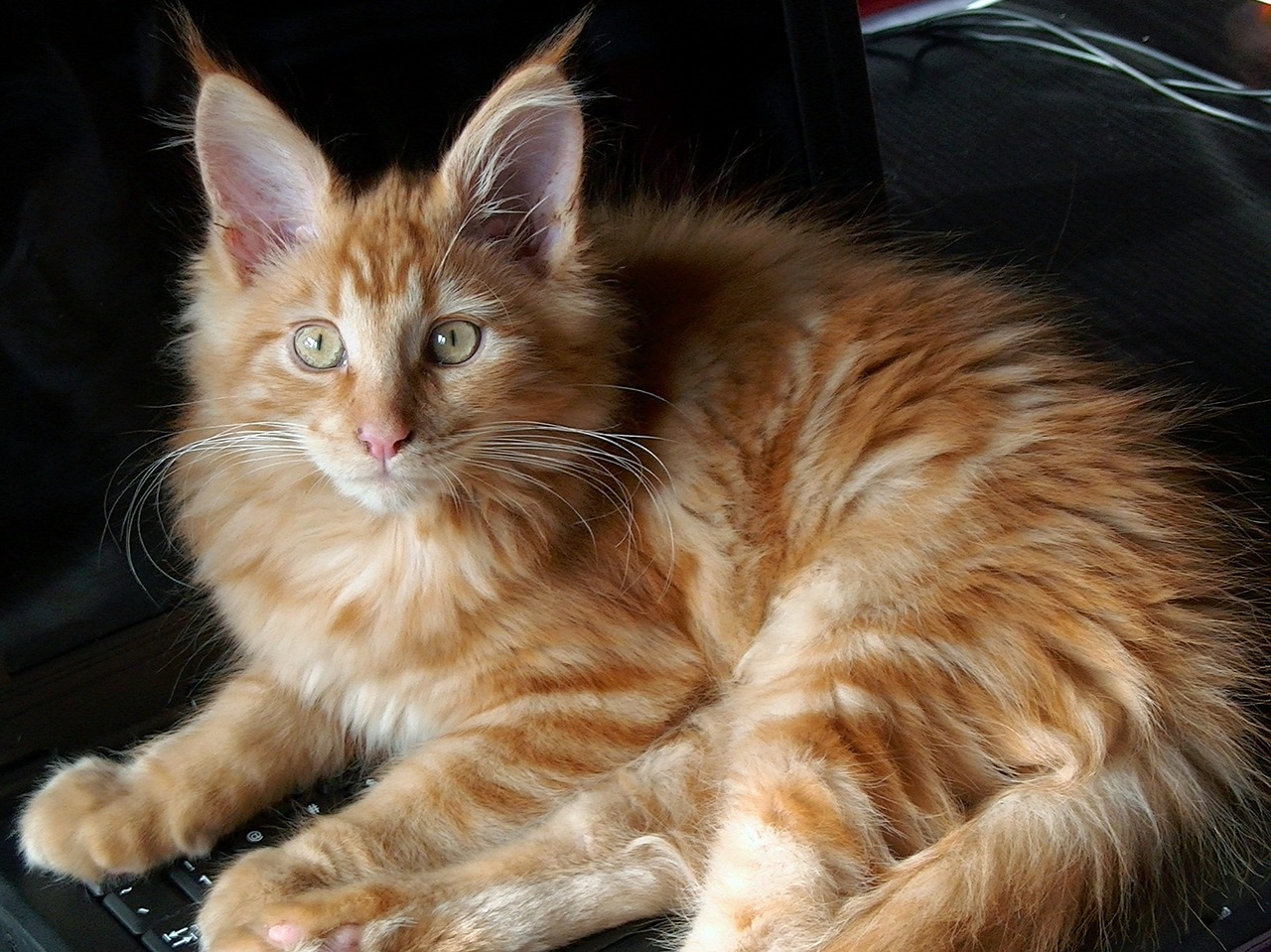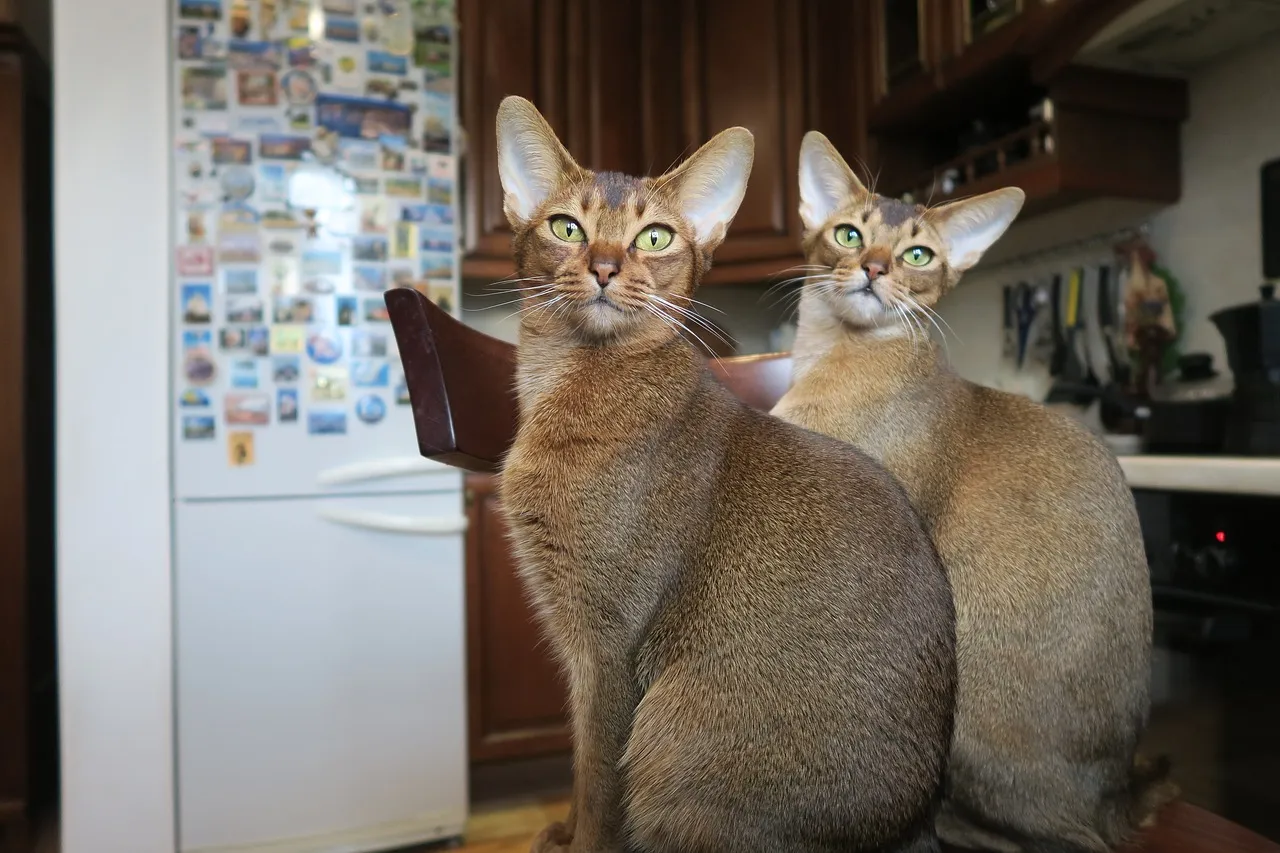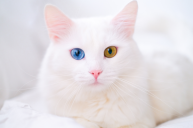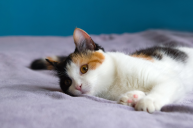We've all heard the term "tabby cat," but how many of us know exactly what that means?
In popular usage, the descriptor "tabby" is sort of a catch-all term for cats with a variety of stripey markings on their coats, and that's mostly accurate, but there's a little more to it than that.
The term "tabby" describes a domestic cat's markings (tortoiseshell cat or calico for example), not its breed. That means, that although a tabby cat is not a specific cat breed, a cat of a specific breed, such as a Maine Coon, can be described as a tabby cat.
Let's start our exploration of tabby cats with a look at the science of how tabby patterns occur.

A tabby pattern happens when the pigment in individual hair shafts occurs in alternating swaths of light and dark, says Carol Barbee, an American Cat Fanciers Association (ACFA) judge. "If hair shafts are filled with solid pigment, the cat will not be tabby."
Tabby coat patterns can occur in any breed, and there are three genes responsible for tabby markings. They are: Agouti Signaling Protein (ASIP), Mc1R, and Taqpep.
The ASIP gene determines whether a cat's coat will be solid or banded, while the Mc1R gene controls how light or dark a cat's coat will be. According to Barbee, "If a cat has the dominant form of the ASIP gene, the pigment will be in bands in the hair shafts and the tabby pattern will show...If a cat has two recessive non-ASIP genes, the hair shafts will be solid and the tabby pattern will not show."
The Taqpep tabby gene is involved in pattern expression. A kitten is born with the coat pattern it will possess for the remainder of its life, says Dr. Robert Grahn, forensic analyst with the Veterinary Genetics Laboratory at UC Davis.
There are four varieties of tabby patterns: mackerel, classic, ticked, and spotted. Of the four, the mackerel is the most common variety; you know this pattern well. It is the one that looks the most like tiger stripes on a ginger tabby or orange tabby cat.

This tiger-striped Maine Coon cat is an example of a mackerel tabby.
According to Barbee, "The stripes [on a mackerel tabby] are in straight lines on the body in a fishbone pattern. There are stripes on the legs and tail, an M on the forehead, stripes on the cheeks, one or more necklace stripes under the chin and spots on the belly."

A classic tabby cat.
Classic tabbies have wide, swirling stripes, a bullseye shape on each side of the body, and a butterfly shape across the shoulders. Classic tabbies have striped legs and tails, an M on the forehead, and a dark line that runs the length of the spine.
There are a few myths about that "M" mark too. Some say the tabby cat is a gift from Mohammed, since he actually had a tabby named Muzza. Another story is that a tabby cat lay next to baby Jesus and Mary stroked an M onto its forehead in gratitude.

These Abyssinian cats are considered ticked tabbies.Ticked tabbies lack patterning on the body, but may have stripes on their heads and limbs, says Grahn. Abyssinian (sometimes referred to as having "agouti" hairs) and Singapura cats are both examples of ticked tabbies.

This Bengal cat is an example of a spotted tabby.
Finally, spotted tabbies are exactly as they're described: spotted. They have random spots across their backs and sides. Barbee names the Bengal, Egyptian Mau, Ocicat, and Pixiebob as examples of spotted or blotched tabbies.
All four tabby varieties occur in different cat color patterns, including, but not limited to, brown, blue, red, white or cream, and chocolate, notes Barbee. There is no relationship between a cat's markings and other physical traits such as coat length and body size.
WATCH NOW: Siamese Cats Have Lots of Different Coloring




